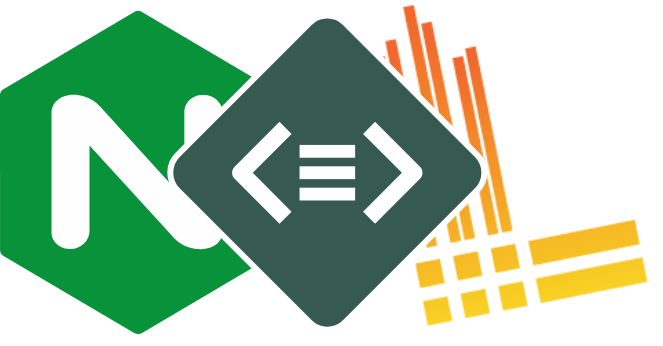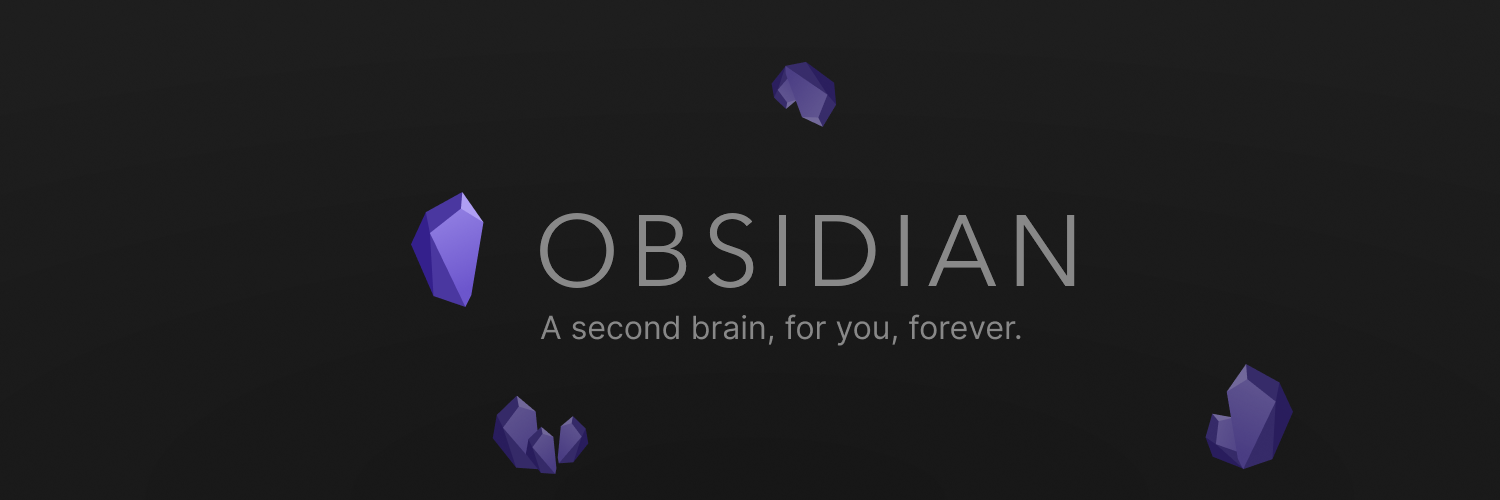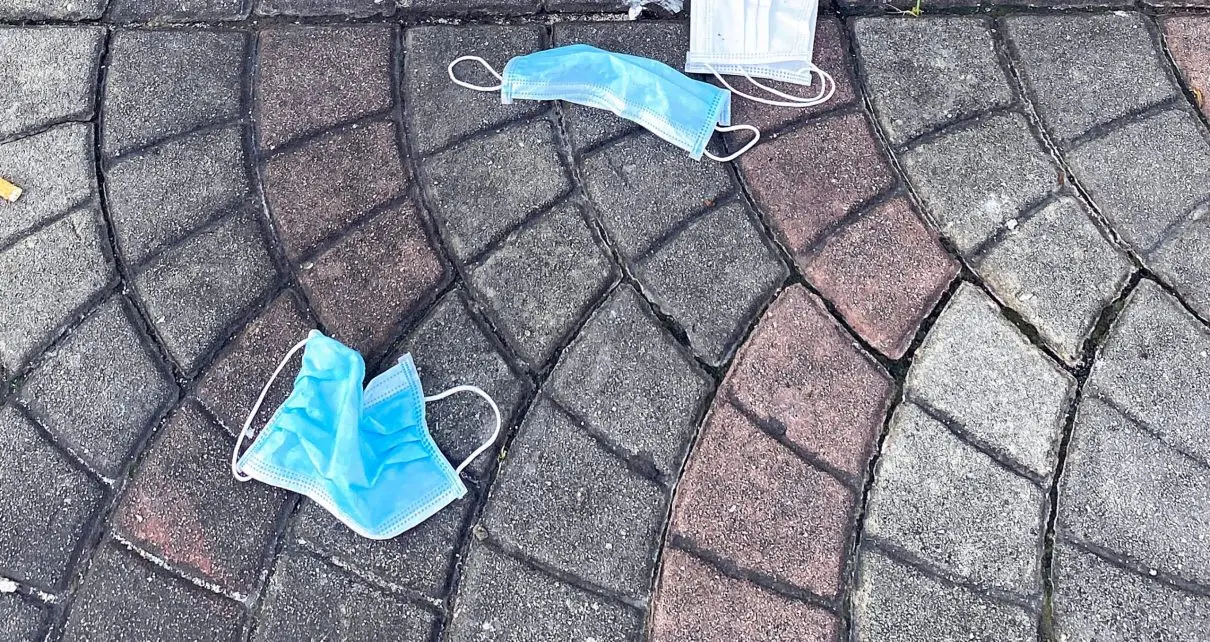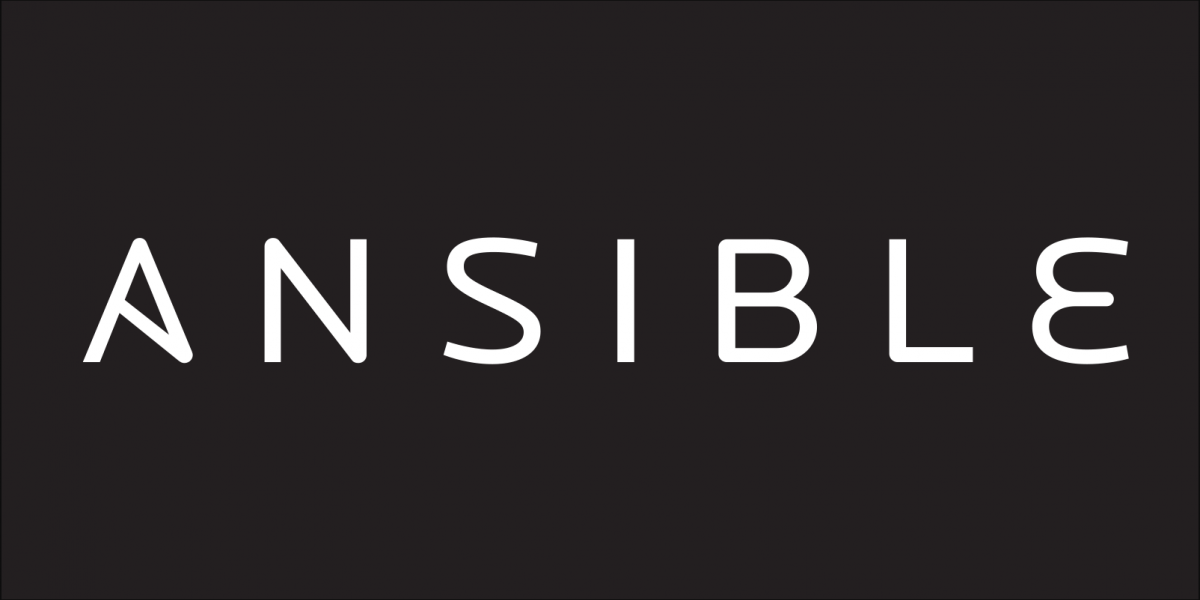
Git Cheat Sheet
A simple git cheat sheet.

A simple git cheat sheet.

Attributes such as invisible can be set on fields, widgets and buttons based on a condition. By using the attrs attribute the field and condition can be passed to the element. Here is an example: attrs="{'invisible': [('active', '=', True)]}".
But how do we achive this for tree elements where attrs is not available?

Ein 30-jähriger Softwareentwickler ignoriert den Waschplan im Wohnhaus und wird in eine Diskussion über Moral und Anstand verwickelt.

Everybody who works with a computer must understand the basics of git and how to collaborate with git.

Hey devops engineer, you don’t need Logtail, Sentry, Datadog or any other SaaS/PaaS service to manage your logs. Collecting and analyzing log files is super easy with the LPG-stack. Another acronym that stands for Loki, Promtail and Grafana.

Der Zweifel war vor langer Zeit eine Sünde. Heute ist er in jedem Gedanken.
Doubt was a sin long ago. Today it is in every thought.

I am using Obisidan to manage markdown files and Vuepress to publish them. With the help of a script build.js the Obsidian vault is converted into a publishable format for Vuepress. Obsidian supports embeding markdown files using the  syntax. Here I’ll show you how this feature can be enabled for Vuepress.

Für einmal wird es politisch auf meinem Tech-Blog. Es geht um die Freiheitstrychler. Das ist eine scheinbar harmlose Gruppierung von radikalisierten Massnahmengegnern - sie sind mir seit deren Gründung ein Dorn im Auge. Wer das aus der Zukunft liest: Kontext ist die Corona-Pandemie, die zu diesem Zeitpunkt in der Schweiz leider nicht überwunden ist.

In Ansible the configuration parameters are usually separated into two categories: host and group vars. As their names say these are variables that are either applied to a specific host or a group of hosts. And here is already an edge case. What if we want to configure a variable for group, but then also give the possibility to modify for a specific host. Read on to see my solution.

The Odoo ORM provides a read_group method. Calling this method and passing a domain definition, fieldnames and a groupby fieldname will return a domain recordset grouped by the fieldname. A big drawback is that you cannot pass a relation to a subfield. Importing the itertools library gives us new options to do so.